Ongoing STAR Efforts
Our commitment to safety has been with us since the beginning. To ensure our electrical and natural gas connections stay safe, secure and reliable, we are continually vigilant about maintaining our infrastructure. As part of our STAR initiative, every year, we inspect and maintain our distribution systems so they deliver energy that’s always there and always safe.
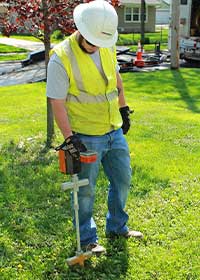
Gas Pipeline Inspection
Every year, our gas team and contract partners work to inspect our natural gas pipelines and facilities. This is a routine inspection to proactively monitor our gas delivery systems and ensure they meet our high safety and reliability standards.
During this field surveying work, we will gradually move across communities in our service territory over the summer months. Review our frequently asked questions and find out when we’ll be in your neighborhood.
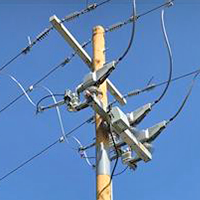
Remote Switches
We deliver power to you through a dedicated distribution circuit. But, if your normal circuit ever has an issue, the remote distribution switches we’ve installed across our service area allow us to quickly restore the circuit or assign another circuit to deliver power to you in a matter of minutes.
Learn more about how remote distribution switches are helping us improve the way we work so that our systems are safe, reliable and efficient.
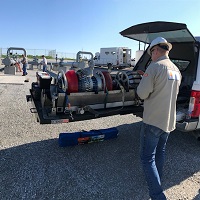
Smart Pigging
Have you ever wondered how we inspect equipment that we can’t see, like underground natural gas transmission lines? We use a "smart pig!" Not an animal, a smart pig is an in-line inspection tool that gives us a peek inside our gas transmission lines.
See what a smart pig looks like and learn more about how these inspections help us protect your service.
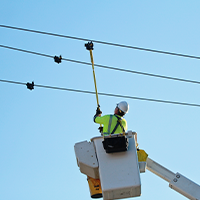
Smart Sensors
We have added hundreds of smart sensors to our electric lines, which helps us restore service more quickly if an outage occurs. The devices instantly transmit precise outage and location details to our control room operators if the sensors detect a service interruption.
Learn more about these small devices and how they speed up the process of restoring power during an outage.
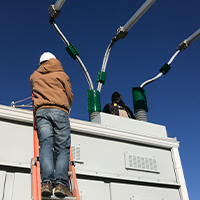
Substation Animal Protection (GreenJackets®)
When animals come into contact with an electric substation, it can lead to a widespread and costly outage – not to mention that it’s deadly to our furry friends. That’s why we fortify many of our electric substations with equipment like GreenJackets, which are designed to shield exposed components from animal contact.
Watch how these "jackets" make our system more reliable and protect animals in the process.
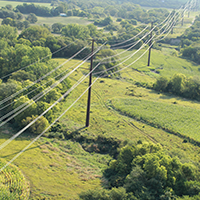
Transmission Line Aerial Inspection
Twice a year, our forestry team conducts an aerial inspection of over 1,400 miles of power lines via helicopter. We also use drones to conduct additional inspections.
Learn more about our aerial inspections to see the soaring efforts we take to ensure safe, reliable energy for our customers.
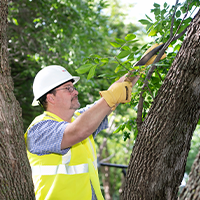
Tree Trimming
Trees and branches that come into contact with power lines can cause a significant number of brief and prolonged outages. That’s why we have a routine maintenance program that balances preserving trees and protecting power lines.
Learn more about our tree trimming efforts and how you can report a tree threatening your local power lines.
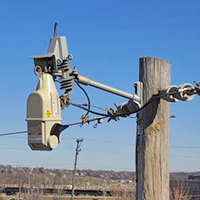
Reclosing Fuses (TripSavers®)
Reclosing fuses are programmed to automatically detect surges and isolate them to protect our electric system. These devices, called TripSavers, are installed along our power lines that serve homes and businesses.
Learn more about reclosing fuses, including how they help us minimize service interruptions and easily fix temporary problems.
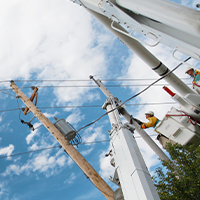
Utility Pole Replacement
We continuously inspect and proactively replace utility poles throughout our service territory. As part of a two-year project in Iowa, we are currently replacing more than 500 miles of overhead lines in our rural electric distribution system, including more than 12,000 poles. This proactive measure goes hand in hand with replacing poles damaged by vehicle crashes, weather events or other circumstances.
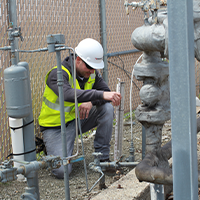
Replacement of Natural Gas Meter, Regulator and Odorant Systems
As technology advances, we are continually replacing legacy equipment that measures and controls natural gas flow and pressure, including regulator stations and gas meters, as well as equipment that delivers the familiar rotten egg smell to odorless natural gas, to enhance safety.
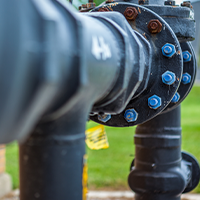
Cast Iron Pipeline Replacement
Since the late 1800s, cast iron and wrought iron were the materials of choice for the nation’s energy pipelines, and cast iron pipes still safely deliver natural gas today in many areas of the country. Over the course of several decades, we have replaced our entire cast iron pipeline infrastructure.